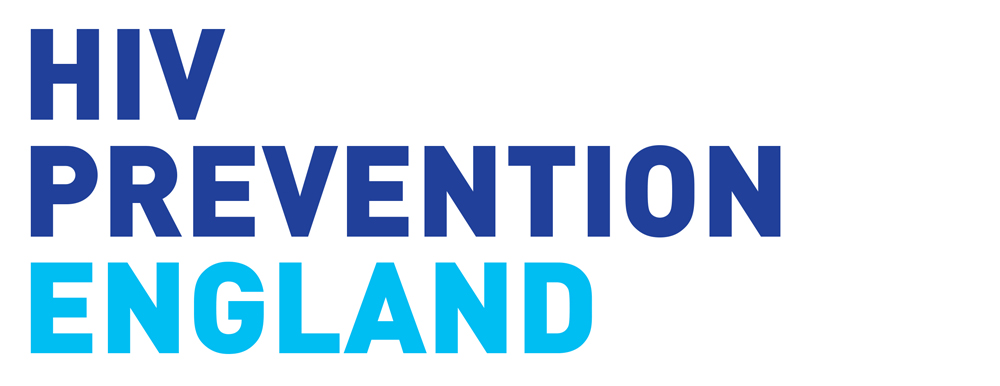This European Testing Week, National AIDS Trust reflects on the vital role of community-led testing in helping us to end HIV transmission.
In August, National AIDS Trust launched two new resources to support community HIV testing in England:
- Community HIV testing: Intervention design toolkit
- Community HIV testing: Evaluation toolkit.
Community HIV testing is vital to the effort to end HIV transmissions in England. Led by community organisations and delivered outside of traditional healthcare settings that may not be accessed by all, community testing can reach a different audience to clinical services [PDF].
Its success in doing so has led it to be recommended in both national [PDF] and international HIV testing guidelines.
As with all HIV testing, community testing aims to reduce the number of people with undiagnosed and late diagnosed HIV. But it also has a much wider set of functions. By being community-led, it helps to break down barriers to talking about HIV, thus normalising HIV testing, reducing stigma, and empowering people to manage their own sexual health.
Community testing provides a gateway to accessing prevention, treatment and care, as well as other services relevant to people’s needs, and can play an important role in linking people into the wider health system.
Impact of COVID-19
Now may seem an odd time to be talking about HIV and community-based testing. COVID-19 has limited the ability of face-to-face services to be delivered, and many community organisations have had to shut their doors and move online. Summer saw some resumption of services, but the current lockdown and ever-changing restrictions have limited capacity and hindered long-term planning. Clinical sexual health services are also operating at a reduced capacity.
Yet we know people didn’t stop having sex with the arrival of COVID-19 and that sexual activity increased with the easing of lockdown [PDF]. Back in June we wrote that the need for judgement-free safe, discreet and accessible services is as high as ever. This will only become truer again as restrictions lift.
Ensuring that varied options for safe and effective HIV testing remain accessible is therefore vital to prevent COVID-19 from undermining progress in ending HIV transmissions. The end of COVID-19 may seem in sight, but we cannot become complacent.
The role of community testing during the pandemic
As COVID-19 transformed the ways healthcare can be delivered, services adapted at speed. Sexual health clinics now conduct much more of their engagement virtually, and there has been an increase in the use of postal testing.
Some community organisations are assisting their clients to conduct these tests remotely. HIV Prevention England (HPE) has produced an excellent Framework for delivering Community-Based HIV and Sexual Health Services during COVID-19 [PDF], which includes guidance on providing services in this way.
While the shift to virtual sexual health services has been necessary, and for many people effective, it’s important to acknowledge the limitations. Not everyone has access to virtual services, and some who do may feel uncomfortable if they lack privacy at home. Fears of judgement or recrimination for breaking COVID-19 restrictions can also deter people from getting tested.
There aren’t easy solutions to these barriers, and the safety of staff and clients is paramount. However, it’s safe to say community testing providers, already working in communities and experienced in involving those not accessing testing elsewhere, have a role to play and are well placed to manage risks carefully.
This was evident at the community testing event we delivered with HPE back in August. There we heard about some of the important outreach and testing that community organisations such as Yorkshire MESMAC had recommenced, with risk management and infection control processes in place to ensure safety.
For a recording of this event, please contact [email protected].
Adapting services to COVID-19 and beyond
National AIDS Trust’s toolkits support the design and evaluation of community testing interventions based on knowing what you are trying to achieve – i.e. your objectives – and who it’s for. The basic principles and stages set out in the toolkits still apply during the pandemic, but providers may have to take additional consideration when making some decisions based on context.
Even with vaccines for COVID-19 on the horizon, there remains a great deal of uncertainty and we still expect to be grappling with varied and changing restrictions across the country in the immediate future.
There are ways to adapt. Through the summer, some organisations made the decision to move client recruitment online (including developing online booking systems which have potential beyond COVID-19). Others reconsidered the locations used for testing and recruitment, with ability to social distance a key factor. Spaces which run the risk of getting crowded or that have poor ventilation should be avoided, and organisations should consider how the closure of venues might impact on where they can operate.
Appropriate personal protective equipment (PPE) and training on management of infection risk must also be in place to protect staff and volunteers. HPE’s framework is an invaluable resource to use alongside the toolkits to advise on the specific safety measures related to COVID-19.
Community HIV testing is about ensuring everyone who needs an HIV test can get one. It is the most marginalised who find it the hardest to access scaled-back services during COVID-19, and we must make sure that no one’s left behind. Agile community-led testing is critical if we are to do so.
National AIDS Trust’s Community HIV testing toolkits were supported by funding from Public Health England’s HIV Prevention Innovation Fund.

